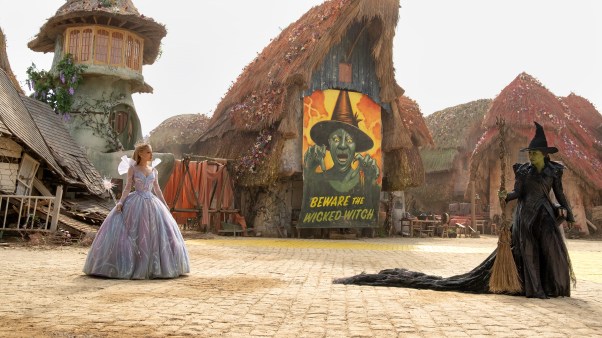Ever since a Celtic monk spotted the first Viking longships approaching from the horizon, these medieval Northmen have been associated with murder, theft, and destruction. But their greatest sin in the eyes of some is that they didn’t write anything down.
Apart from a few runic inscriptions, no texts were written before the eleventh century either in Scandinavia or in most of the areas they settled. What we’re left with is archaeological artifacts and the biased accounts of writers centuries after Scandinavia converted.
“In portraying this dark and illiterate age, the oral tradition is the stuff of our history,” says James Reston, Jr., who “embraces” the old sagas. “We cannot discard virtually everything except the broken shards of pottery, the worm-eaten swords, the beads and horn combs of the archaeologists.”
Oh no? Peter Sawyer disagrees. “Few scholars today still accept these texts as reliable sources of information about the Viking Age,” he says. “Historians … now rely more on archaeology and numismatics … for they cast light on many topics about which the texts are silent.”
In this issue, we’ve included articles by both Reston and Sawyer because we find each perspective helpful.
The saga and the sword
The most complete and readable book about Scandinavia’s conversion is The Hammer and the Cross by Michael Scott Rohan and Allan J. Scott (Alder, 1980). Indeed, it remains the only book specifically about the conversion of the Vikings directed at a general, nonacademic readership. Unfortunately, it is out of print and difficult to find—but well worth the effort of seeking it out.
James Reston’s The Last Apocalypse (Doubleday, 1998), just released in paperback, is the most accepting of the oral traditions (which offer a painting, not a photograph, he suggests), and perhaps for that reason it is the most exciting book on the subject. Reston is also master journalist and storyteller; his eye for the fascinating makes this book a must-read even for the most skeptical.
For the most scholarly take on Scandinavia’s conversion, track down The Christianization of Scandinavia (Viktoria Bokförlag, 1987), edited by Birgit and Peter Sawyer and Ian Wood. The Sawyers’ Medieval Scandinavia (University of Minnesota, 1993) is a bit more readable but does not deal as fully with the conversion stories.
The conversion of “Scandinavians at home and abroad” fills an entire chapter of Richard Fletcher’s ambitious and landmark book The Barbarian Conversion (Henry Holt, 1997). Both easy to read and academically solid, Fletcher’s book deserves the attention of those interested in the history of evangelism, the history of Europe, and fascinating stories from church history.
General books about the Vikings seem to be legion. We found The Oxford Illustrated History of the Vikings (1997) and the Cultural Atlas of the Viking World (Facts on File, 1994), edited by Peter Sawyer and James Graham-Campbell respectively, most helpful in our research.
If you want to judge the sagas for yourself, most of the ones mentioned in this issue are available for free online, such as Snorri Sturluson’s Heimskringla (Chronicle of the Kings of Norway), which is at http://sunsite.berkeley.edu/OMACL/Heimskringla/
Copyright © 1999 by the author or Christianity Today/Christian History magazine. Click here for reprint information on Christian History.










